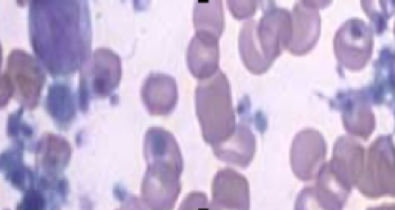WEDNESDAY JANUARY 21, 2004
CANCER IMMUNOTHERAPY

This is a joint work with Arcangelo Liso (Policlinico Monteluce, Sezione di Ematologia, Perugia, Italy), Federico Toschi, Massimo Bernaschi and Sauro Succi (IAC, CNR Rome, Italy)
Vaccination protocols designed to elicit anti-cancer immune responses have, many times, failed in producing tumor eradication and in prolonging patient survival. Usually in cancer vaccination, epitopes from one organism are included in the genome or linked with some protein of another in the hope that the immunogenic properties of the latter will boost an immune response to the former. However, recent results have demonstrated that injections of two different vectors encoding the same recombinant antigen generate high levels of specific immunity. Systematic comparison of the efficacy of different vaccination protocols has been hampered by technical limitations and clear evidence that the use of multiple vectors has advantage over single carrier injections is lacking. We used a computational model to investigate the dynamics of the immune response to different anti-cancer vaccines based on randomly generated antigen/carrier compounds. More than 3000 simulations of the immune response to tumor were performed. Notably, the model has been extensively validated and it reproduces a relevant number of experimental observations. The model shows that when priming and boosting with the same construct, competition rather than cooperation develops amongst T cell clones of different specificities. Moreover, from the simulations, it appears that the sequential use of multiple carriers may generate more robust anti-tumor immune responses and may lead to effective tumor eradication in a higher percentage of cases. Our results provide a rational background for the design of novel strategies for the achievement of immune control of cancer.
F. Castiglione, F. Toschi, M. Bernaschi, S. Succi, R. Benedetti, B. Falini and A. Liso. Computational modeling of the immune response to tumor antigens: implications for vaccination. J. Theo. Biol., 237(4), 390-400 (2005)
STUDY